DIGITISATION OF THE ENGINEERING AND CONSTRUCTION SECTOR - PART 2
Clarifying the reasons for adopting technology and the areas that it can streamline processes provides a good foundation for the beginning of a business’ digital transformation. In Part 1 we outlined how to create business-wide use cases in support of adopting new technologies and why focussing on solving issues rather than the implementation of technology were key to the success of any digital transformation. In this article, we address the remaining three areas that impact the successful implementation of new software and digital tools throughout an engineering and construction (E&C) organisation: collaboration, team skills and structures, and adjusting expectations to realise value.
CAPTION: Digital transformation for E&C companies requires both behavioural and process changes. (Image by Borko Manigoda from Pixabay )
As with the introduction of any new tool, machinery or system, adopting new technologies requires behavioural changes within an organisation. A thoughtful approach to digital transformation by E&C companies involves reviewing business practices and behaviours, identifying processes and practices that will need to change, and working to design this change alongside embedding the new software, platform or other technology.
IDENTIFY OPPORTUNITIES THAT PROMOTE COLLABORATION
The fragmented nature of E&C projects makes choosing narrow and specific digital solutions easier. However, it is exactly this approach that inhibits many E&C organisations from creating high-value opportunities. Many high-inefficiency losses happen due to poor transmission of information between trades or functions. Because of this, E&C companies should look for opportunities to implement cross-discipline solutions that smooth interactions and aid the flow of information.
Real-time progress reporting from the construction site enables timely and accurate invoices to be raised for subcontractors. This is a simple example of a technological solution benefiting a number of project stakeholders with clear and actionable gains. Although cross-stakeholder solutions may initially be a little more difficult to implement than single-business solutions, the result is increased collaboration and integration of the value chain and everyone involved in the project benefits. E&C companies can use compelling incentives to garner the support of stakeholders. When done well this creates value for all players in a project despite the fragmented nature of the E&C sector.
One E&C business found 5D BIM technology assisted mechanical subcontractors with offsite fabrication of systems, aided electrical contractors with clash detection and on-site installation, and supported plumber’s understanding of the specific project deliverables. On top of these benefits, BIM technology enables E&C organisations to schedule contractors smoothly, track their work and ensure invoices are raised and payments sent promptly. The increased collaboration and overview of scheduling reduces the need for unplanned reworks and cuts delays.
UPSKILL AND RESTRUCTURE ENGINEERING TEAMS
Digital technologies can bring acute changes to engineering design. Generative design tools require an iterative process that explores a wider solution with more possibilities and creativity. Modular construction methods place more emphasis the importance of standardising design elements and making them available for repeated use. These key changes involve designers learning new technical skills and design methods.
Upskilling design engineers in these new approaches should involve the engagement of developers to build design libraries for storing iterative designs, standardised elements and automating parts of the design process. The adoption of digital ways of working requires a shift away from linear processes to agile tactics that involve faster iteration and test-refine loops. To support these new ways of working design teams need to adapt and incorporate developers.
Upskilling engineers in these methods necessitates a new mindset that relies on their experience to validate model results, look for standardisation opportunities and new areas for repetition. This changes the nature of engineering design to reviewing and refining generative designs and similar intellectually challenging problems in which engineering perspectives and intellect is paramount.
ADJUSTING EXPECTATIONS TO REALISE VALUE
Technological solutions that drive productivity gains show little impact on bottom lines when scheduling protocols or changes aren’t made after the execution phase has passed. A brief example is compressing site survey times with LiDAR or photogrammetry, and neglecting to schedule excavators for earthworks earlier than legacy protocols dictate.
While digital tools can decrease the time needed for surveying, addressing defects, or managing reworks, if the scheduling of related workforces isn’t streamlined or assigned to different activities, gains are lost while workers wait and costs continue to accrue.
To avoid productivity losses after implementing digital solutions, managers must revise on-site schedules, reduce additional resources and, in some cases, restrict overtime. To ensure buy-in from subcontractors, E&C companies can change contracts or offer incentives such as sharing benefits and risks across the value chain.
By tracking the effects of the adoption of technology in pilot projects, managers can become aware of the impact it has on other areas of work and adjust expectations accordingly. This can be done through monitoring site works before implementation and again after and then extrapolating data to inform future changes to scheduling, employing workers or purchasing resources for construction. Documentation of changes to productivity is key to positively impacting future projects with new technologies and replicating effective scheduling, resource management or engaging workers.
When embracing new technologies, it is imperative that E&C companies address both the operational areas that can benefit from transformation along with the behavioural changes required for the benefits to be realised. When digital transformation is approached thoughtfully and care is taken to address both operational and human sides of the equation, value is realised faster and the impact of the changes felt more strongly across the business.

